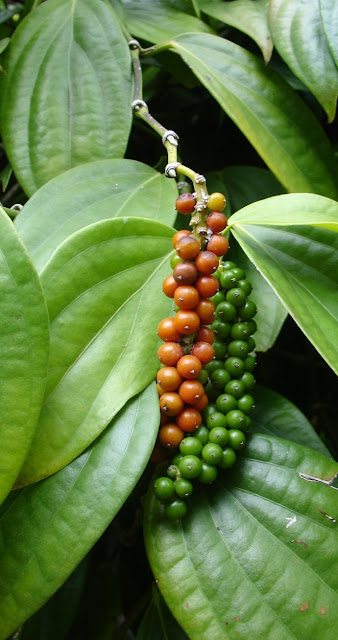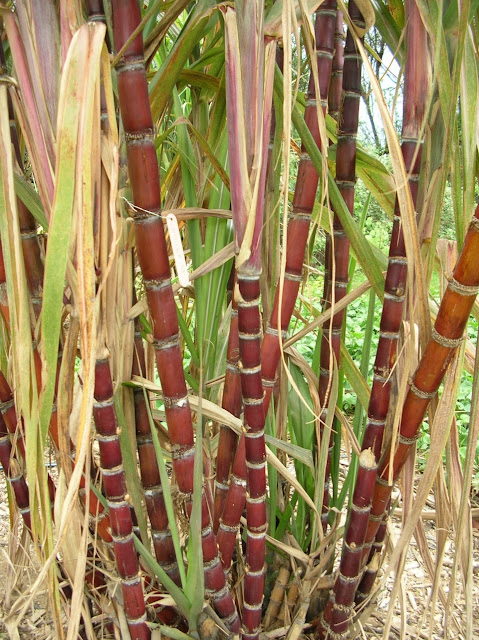PHYSALIS ALKEKENGI: A REMEDY FOR KIDNEY STONES

PHYSALIS ALKEKENGI BOTANICAL NAME: Physalis alkekengi FAMILY: Solanaceae COMMON NAMES: English: Bladder cherry, Strawberry groundcherry, Chinese lantern. DESCRIPTION: A annual or perennial herb, clothed with simple or stellate hairs. Leaves entire petiolate with broad base. Flowers small, violet yellow or white often purple at the base. Fruit a berry. PART USED--Ripe fruit. HOMOEOPATHIC USES Marked urinary action. Kidney stones. Urine acrid, foul, retained and abundant urine. Polyuria. Enuresis. A diuretic. POTENCY---IX and higher.








